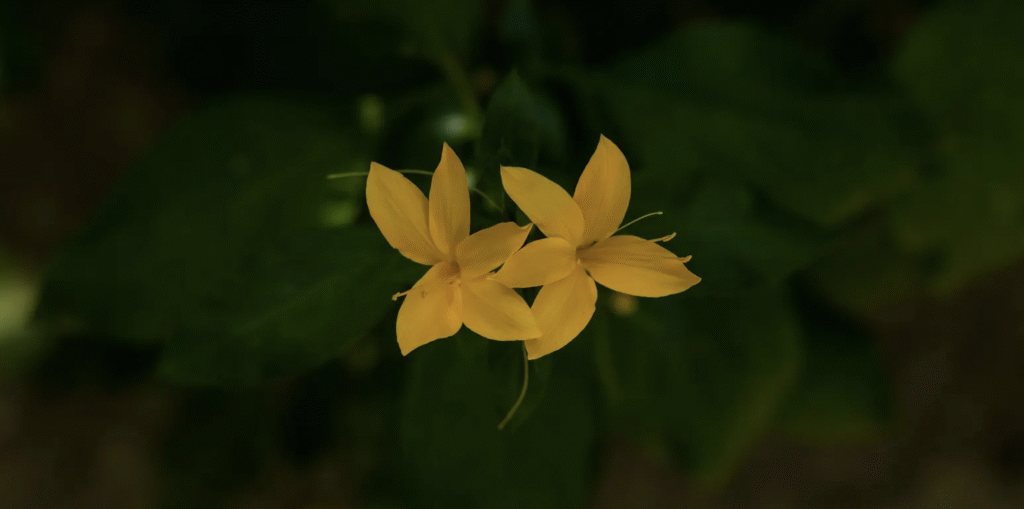The design process began by mapping the site’s microclimate, entry points, shade patterns, and existing vegetation. Since the forest would greet every visitor at the office’s entrance, its spatial arrangement had to be both functional and immersive. Winding pathways invite exploration, while art installations appear like surprises between thickets. Old trees were carefully protected, and visibility lines thoughtfully preserved. Even the step-seating area was designed to follow organic curves instead of rigid geometry.
Art and design were woven seamlessly into the forest’s fabric, transforming utility into aesthetic expression. Seating furniture was sculpted from raw black stone—minimally carved to preserve its natural essence while offering comfortable resting spaces. The gazebo, inspired by cairns, was built with stacked stone blocks, giving it both visual intrigue and symbolic weight. Together with sculptor Robin David and his team from Makrana, Rajasthan, the project gave rise to HOPE—a 17-foot-high white stone sculpture. It stands tall in the forest, a quiet yet powerful reminder of nature’s ability to begin again.
Underpinning this forest is a deep respect for soil and its quiet, generative strength. Rather than forcing growth, the team offered only minimal inputs—manure, husk, and compost tea—allowing natural processes to take over. This approach mirrors how soils evolve in undisturbed ecosystems, sustaining native plant communities through organic succession. The site’s healing began here: not by altering nature, but by stepping back.
Species selection was rooted in knowledge of local wildernesses like the Northern Ridge and Yamuna floodplains—landscapes that still hold memory of what Delhi once was. Only flora adapted to dry deciduous and thorn forest conditions were chosen, requiring no human support once established. The resulting forest includes rare natives like Acacia catechu (Khair), Anogeissus pendula (Dhonk), Barleria prionitis (Vajradanti), Clerodendrum phlomidis (Arni), Diospyros montana (Bistendu), Flueggea leucopyrus (Ghatbor), and Salvadora persica (Peelu). The space today feels alive—not landscaped, but returned. A forest that welcomes people quietly, without expectation, where nature and human presence coexist in mutual respect.














